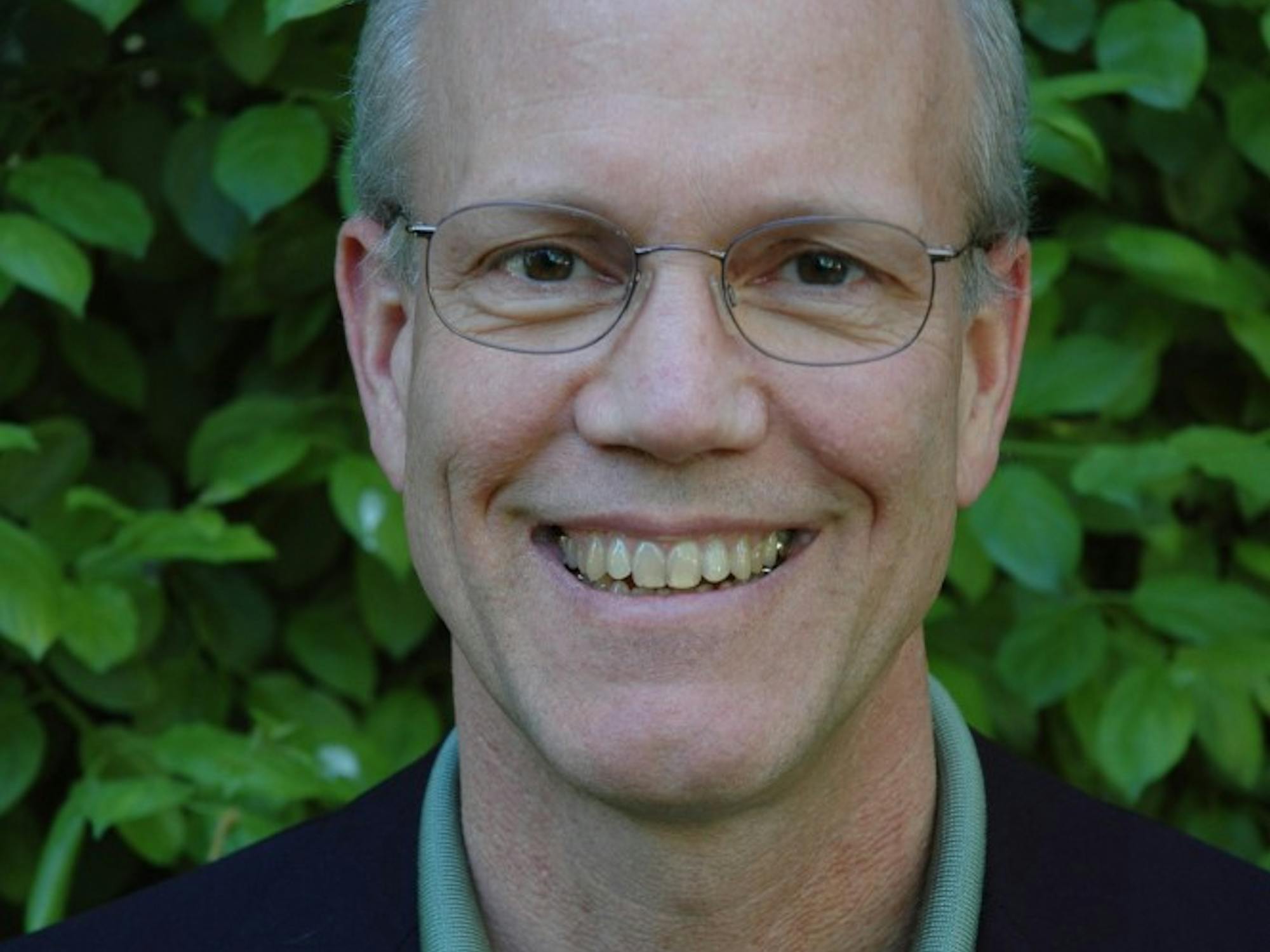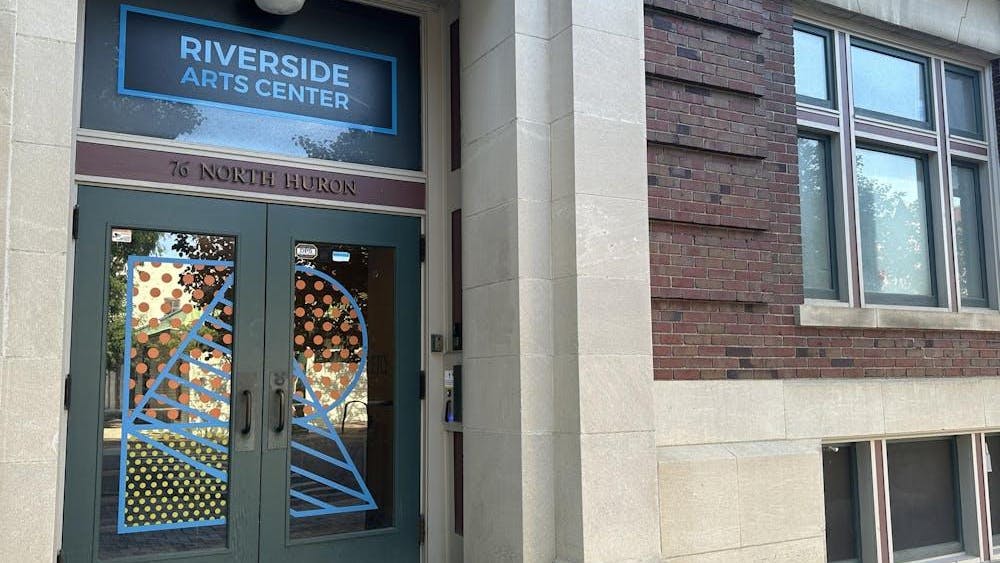Last week I was able to sit down with Paul Schreiber, mayor of Ypsilanti, for an interview. We discussed the city’s Master Plan, the walkability of the city and how proposed infrastructure improvements would be financed. Here is that interview:
Q: First, I recently learned that your mayoralty is not your job, it is a public service. Could you talk about your job in the private sector?
A: I have a full time job working for Visteon and I am an electronic engineer. I work on developing car radios and I have been at Visteon for 20 years.
Q: How would you say your field relates to governance?
A: So my professional expertise is in product development, so I have to sift through data. I have to understand numbers and solve problems. I am able to use that knowledge to understand budgets and policy decisions.
Q: Why was it important to formulate a Master Plan now?
A: The Master Plan is supposed to be updated every 20 years, and the last Master Plan was updated in 1998. The city was able to get a grant from HUD (U.S. Department of Housing and Urban Development), so it was really a matter of timing.
Q: How would you describe the Master Plan?
A: The Master Plan is a 20-year vision for what the city should be doing to move forward. It sets some goals and then looks at some areas like business districts, roads and neighborhoods. And it lays out a plan for achieving those long-range goals. The long-range goals are transferring the city from one with a lot of manufacturing into an attractive college town. So in order to do that the Master Plan focuses on urban concepts like walkability, bike-ability and public transit.
Q: The infrastructure improvements listed in the Master Plan are ambitious, but early in the document it says: “According to the City Manager’s 2012-2017 Recovery Plan, the City can pay for few capital expenditures in the next 5 years unless additional, new sources of funds can be found.” Doesn’t that stymie any ambitious efforts for the foreseeable future?
A: It is actually one of the first questions that came up in one of the first Master Plan introductory meetings. And the answer is, this is a Master Plan, and you have to look at what you want to do, because you’re not going to be able to do all these things. Some things you may be able to do, some you might not be able to do. But the important thing is, is that you have a plan. So that when you have an opportunity you can seize that opportunity. You can say, “The community’s come together and has a plan for this particular section,” “This is what we’d like to do.”
We’d love to have funds for everything, but it just doesn’t happen. So we may have investors come in and developers come in, industries come in, small business come in and do investments. We have to be ready for those investments.
Q: In the city manager’s 2012-2017 Recovery Plan it says the city has a Major Street Fund and a Local Street Fund, is there money in those funds for the road projects discussed in the Master Plan?
A: No. Again, a couple of the things that have been getting a lot of attention are changing Huron Street and Hamilton Street from one-way to two-way streets. It would take funding. It would take funding from the state at some point.
Q: Where does money from the Major Street Fund and the Local Street Fund come from?
A: It typically comes from the state, and there is usually a match by the city. There is a 20 percent match, I think, for major streets, and for local streets it is a larger match. In fact, the voters in 2002 voted to increase their taxes in order to pay for local street improvements. Oh, and in 2004 all the local streets in Ypsilanti were repaved.
Q: There will be an operational commuter rail system within a few years. What positive effects do you expect to come from the new mode of transportation?
A: Well that is huge. That is part of the Master Plan process. You have to plan for the influx of people. If you have a train stop, people are going to want to live near the train stop. Depot Town is an attractive place to live. It is a historic place to live. Why wouldn’t you want to live in a nice place like Ypsilanti, and then commute to Detroit or commute to Ann Arbor?
I think that will increase property values. It’s going to attract people and families and it’s going to attract businesses. So it’s huge.
Q: Does the city have to contribute to the financing of the commuter rail’s operation?
A: Right now there is a pilot program, which is slated to be financed by MDOT (Michigan
Department of Transportation), and the funds will be distributed by SEMCOG (Southeast Michigan Council of Governments). But the permanent source of funding is probably going to be coming from the regional transit authority that was created by the state Legislature.
Q: If the commuter rail has decent ridership, would that lower the focus or need for road repairs and alterations?
A: No.
Q: From your conversations with residents and the feedback received in the drafting to the Master Plan, what are residents most enthused about?
A: There are people who are enthused and people who are unenthused [laughter]. There has been a lot of talk about hoop houses [a type of greenhouse]. Some people love them, some people hate them. It is hard to find anybody who doesn’t care. I think a lot of people are really enthused about changing the one-way streets to two-ways.
There is enthusiasm about more bike-ability, more walkability and preserving the neighborhoods and historic structures we have.
Q: What are you most enthused about?
A: I am most enthused about the walkability. I think the city is getting younger, and I would like to see the city do things to attract younger families here, without putting out the older people like myself [laughter]. Your generation likes more of an urban environment.
We have the urban structure here. We just need to capitalize on it, and that is what I think the Master Plan does. It capitalizes on our urban structure, it strengthens it. Some of the mistakes that were made in the past, we don’t repeat those.
Q: Thank you, Mayor Schreiber.
Interview has been edited and condensed.









